“The Intracoastal Waterway covers around 5,000 km of canal length and extends from Florida to Boston, Massachusetts! This is an incredible, incomparable experience for everyone!”
Well. That’s one way to describe it. Let me try: “The Intracoastal Waterway is a nightmare of shoaling, inadequate dredging, and bridges with incorrect heights waiting to ruin the day on sailors with a 64 foot mast. and a 6 foot draft.” There. That’s better.
Here we are in Ponce Inlet, Florida. The same place, strangely, where this odyssey began. Over the last four days, we have made our way here from Brunswick, Georgia, via the ICW (rather than the ocean), because of weather. We’re stuck here for the next 5 days because it’s supposed to get even worse. So here’s the deal: we draw 6 feet. The ICW is supposed to be consistently dredged to maintain a depth of 12 feet at low tide. Yeah, that doesn’t happen. I mean dredging DOES happen (more on that later), but not enough. So there are a lot of areas where the distance between our keel and bottom is, shall we say, an imaginary number. So it’s better to do the trip during periods of high tides, right? WRONG!! Because BRIDGES! Yes, there are a lot of bridges. The bridges are supposed to either be drawbridges or fixed bridges with a height of 65 feet at HIGH tide (meaning the clearance is never less than 65 feet). That is a fantasy. The top of our mast is 64 feet above the water. With instruments on top, it’s more like 66 feet. We have tried to pass bridges at low tide (we even left yesterday at 5 AM to make it happen) but even so, we’ve scraped our antenna on the spans a few times. Until yesterday. Yesterday, we passed under a “65 foot” bridge at low tide and ripped the anemometer (yes, the one I just fixed) and the Windex off the top of our mast. ARE YOU KIDDING ME RIGHT NOW??!!!) So we are waiting right here until we can get out to the ocean. No. More. Bridges. Not that I don’t like going up the mast and all, but really, it doesn’t need to be a weekly occurrence.

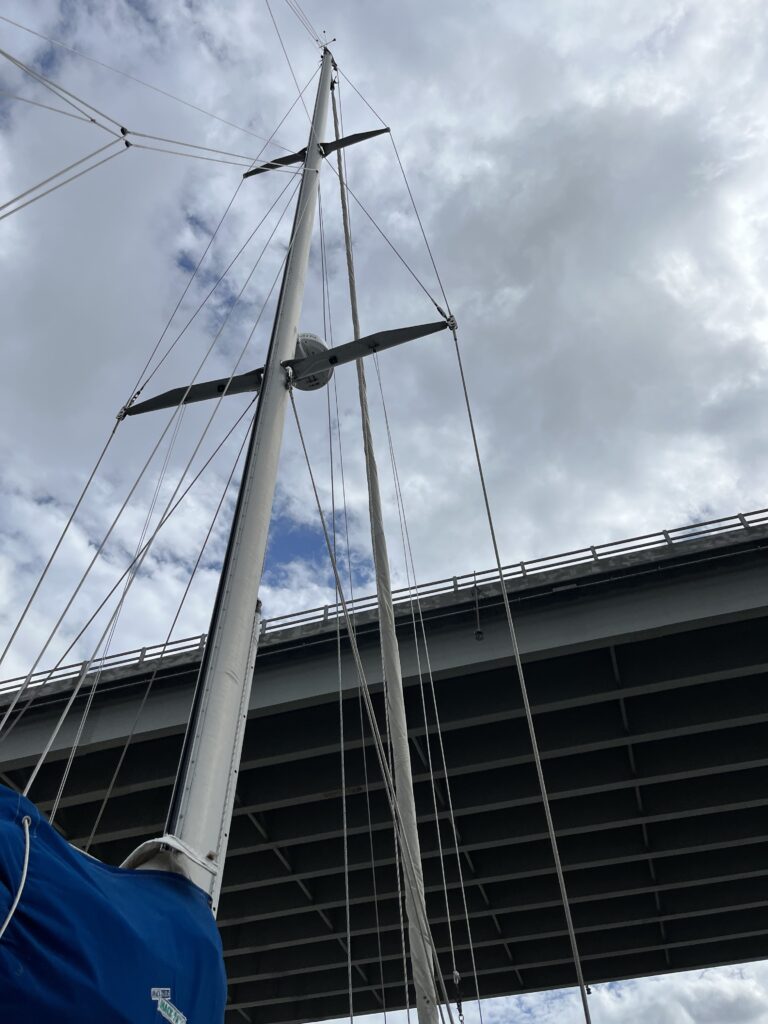
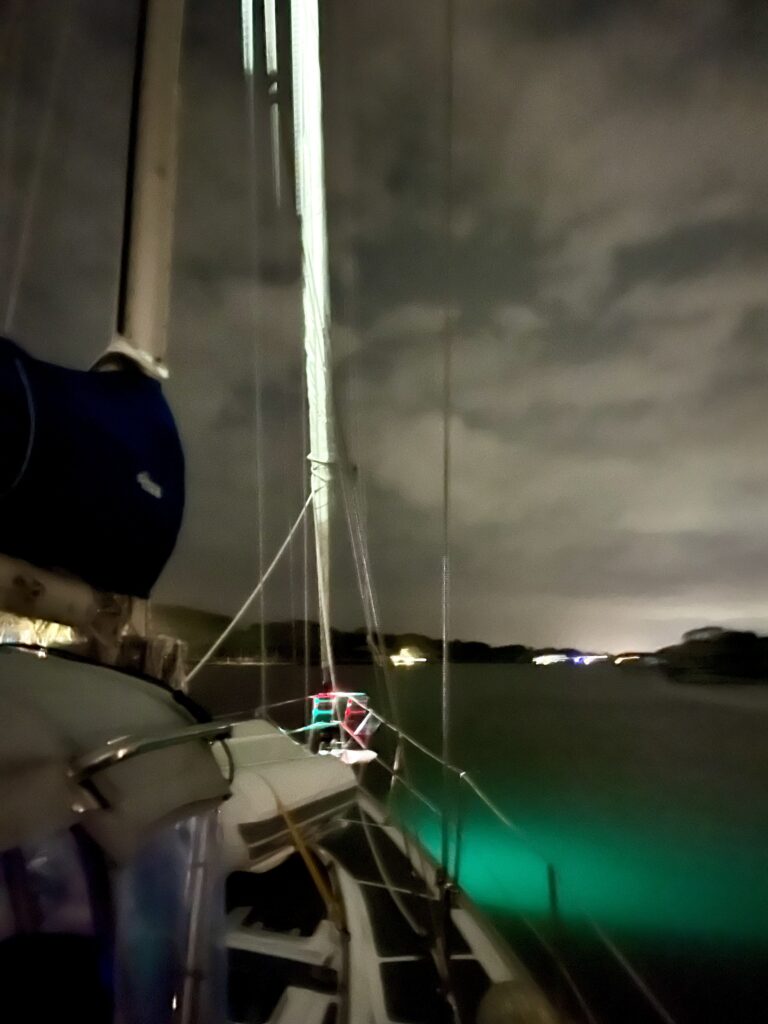
Did I mention the dredging? Yeah, that was fun. There’s this area where a dredge barge is working to deepen the channel. A dredge barge is basically a huge platform with a giant vacuum pipe on it. They put it on the bottom of the channel and suck the sand up and dump it elsewhere. As we approach, I get on the radio:
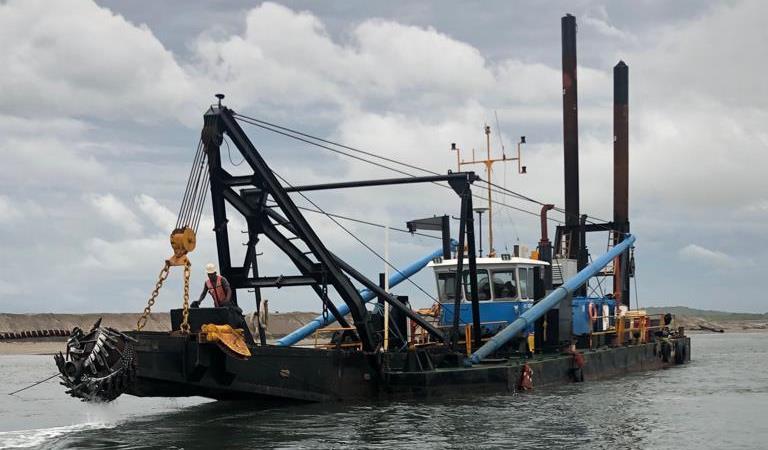
Me: Dredge, this is S/V Meraviglia. We draw 6 feet and it’s low tide. Do you recommend we proceed?
Dredge: Sure, C’mon ahead.
We run aground. In the middle of the channel. So I throw her in reverse, then forward, then reverse, then forward, and eventually, we come off. Then:
Dredge: Okay, now come ahead towards me and turn RIGHT IN FRONT OF ME. REALLY CLOSE.
I am thinking: Oh, sure. Because Meraviglia turns on a dime. Off we go. I approach the dredge. I turn. We run aground. We are literally 20 feet from this dude’s giant suction pipe. Barge is swinging back and forth. Tugboats pushing it around. Machinery roaring. And there we are. Stuck.
Me: DREDGE! I AM AGROUND!
Dredge: You’ve got all the water you want ten feet in front of you.
He’s lucky he wasn’t in arm’s reach.
More reversing. More forwarding. Bump, bump, bump. Finally, over we go, make the last turn and pass the side of the barge and down the channel.
Dredge: See? You’re all clear.
Me: YOU TOOK TWENTY YEARS OFF MY LIFE!
Ocean. I want ocean.
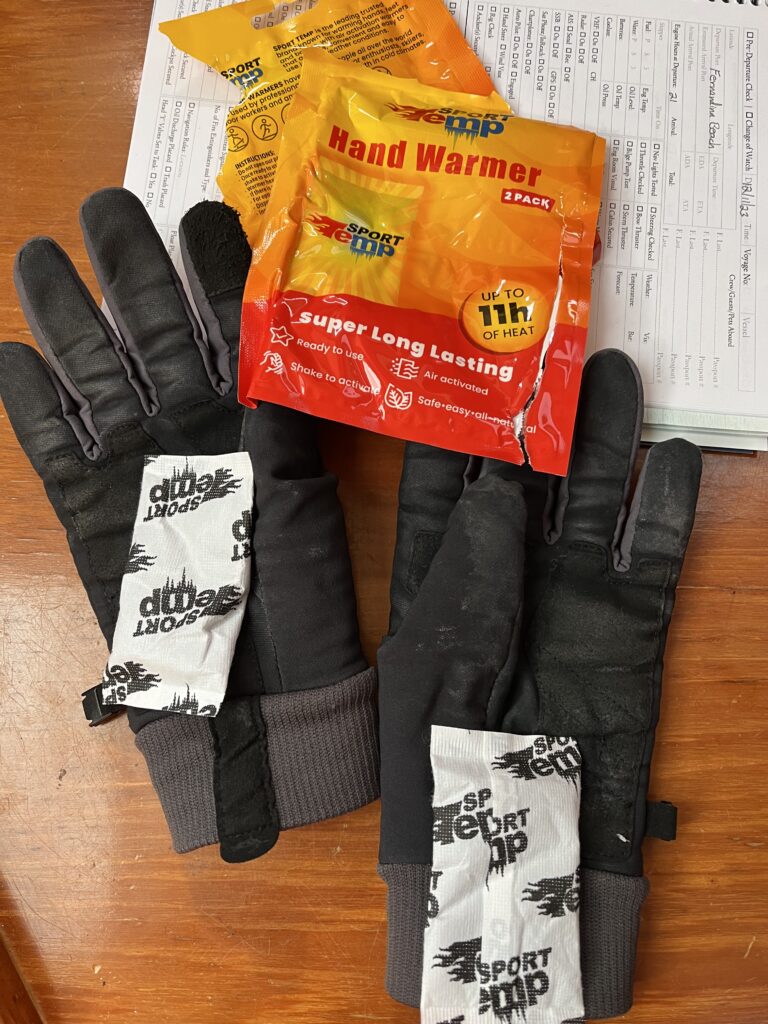
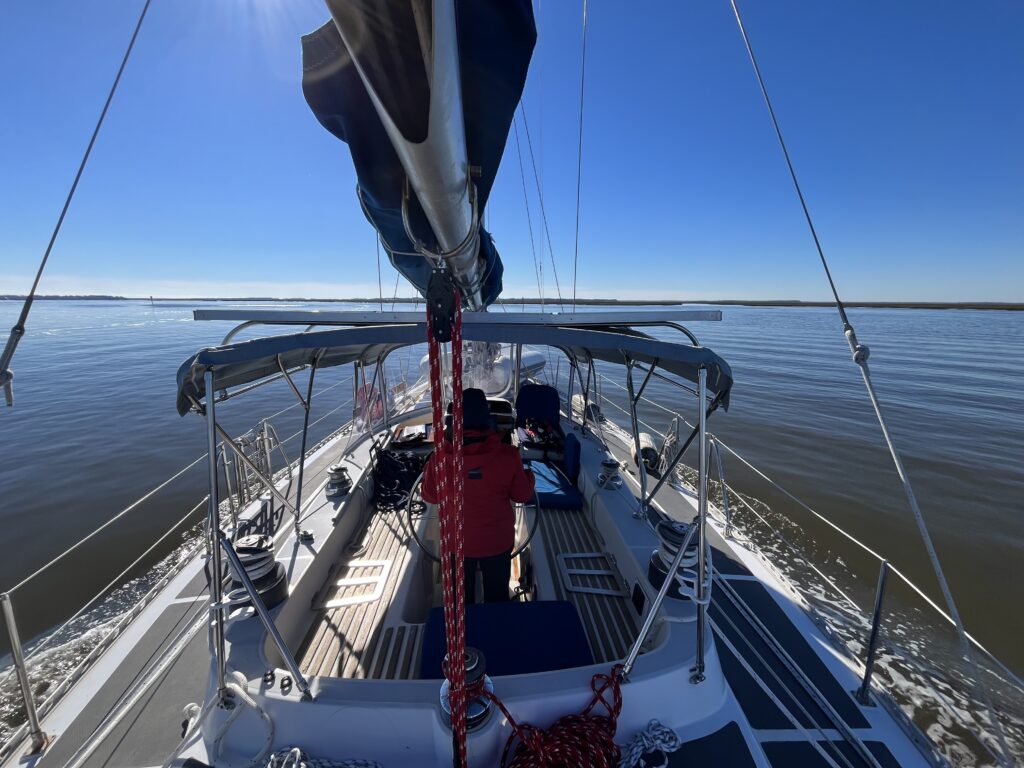
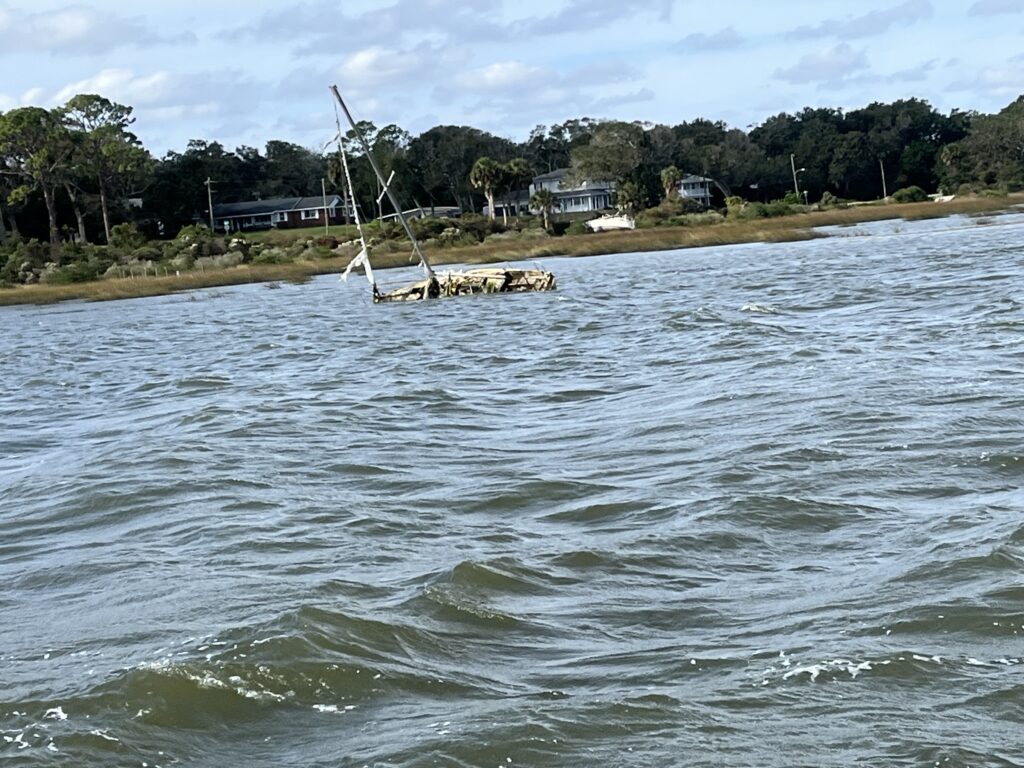
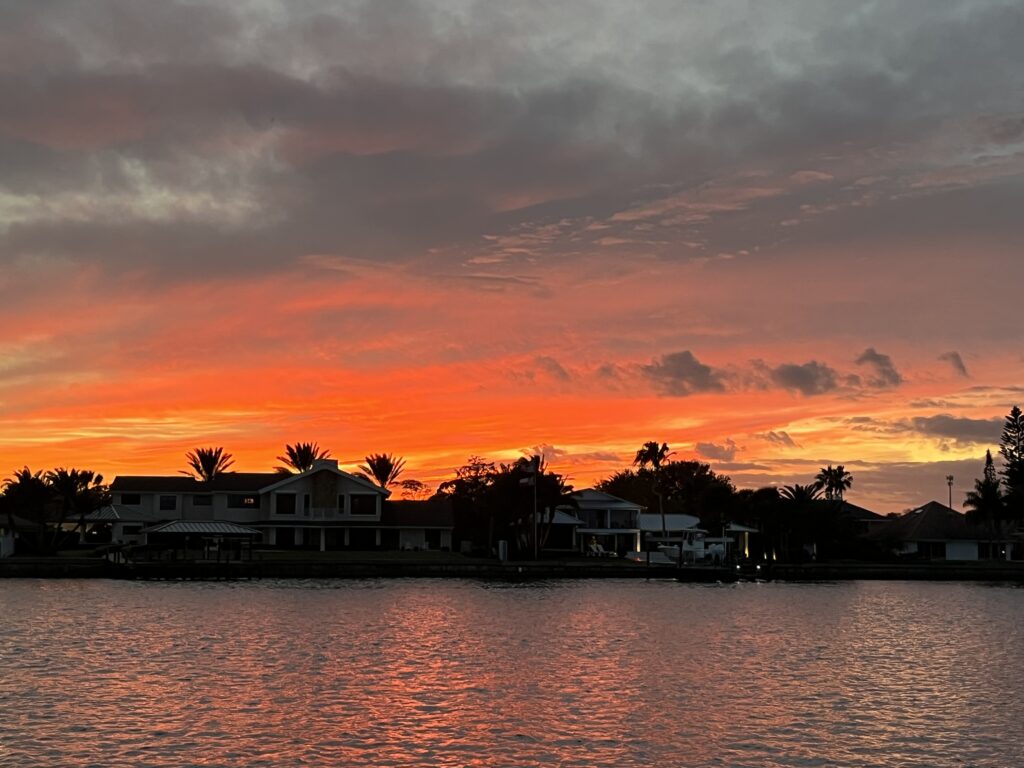
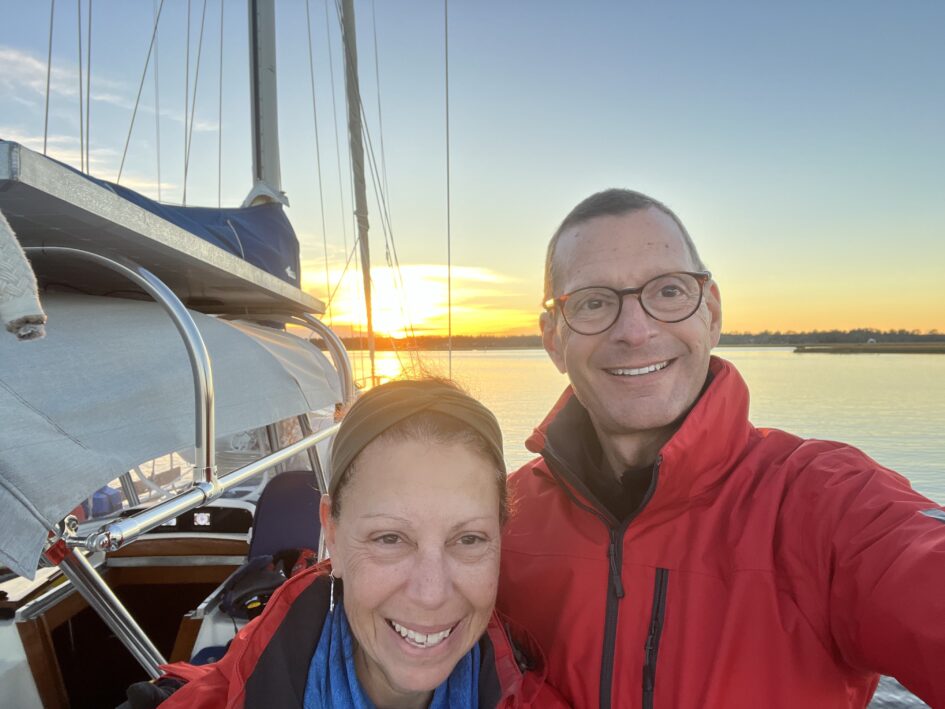
December 14, 2023 at 2:58 pm
Man. Just reading that took a year off my life. I’ll stay firmly planted aground. But you are clearly on your way to developing the Caribbean attitude of no problem mon…we can take care of anything! Would you like a pina colada?
December 14, 2023 at 3:12 pm
Man, I’d be a nervous wreck. I saw you on the tracker waiting at the bridge in Ormond beach. Just looking at the Satellite view on Google maps (who knows when the pic was taken) it looks very shallow in places. Hope you have much smoother sailing on the high seas than in that channel!
December 14, 2023 at 3:38 pm
Our place near Galveston is right on the Gulf ICW. 12 feet is the plan. But in October we heard barges hanging up on something much of the night. There is a 12 foot channel there but if 2 barges were passing it wasn’t as wide as it was supposed to be and a loaded southbound barge would hang up every time.
December 14, 2023 at 4:41 pm
But, those of us who DON’T know how to sail are really enjoying your adventures!!! I wish you safe passage and easy sailing the rest of the way!
December 15, 2023 at 2:42 am
I cannot believe what you have been through. Most of us would have abandoned ship. Like you I did a lot of sailing around Vermilion and Sandusky Bay buy never had the experiences you have had. Jay had a few but again never this much. Hopefully the rest of your travels will be “smooth sailing “.